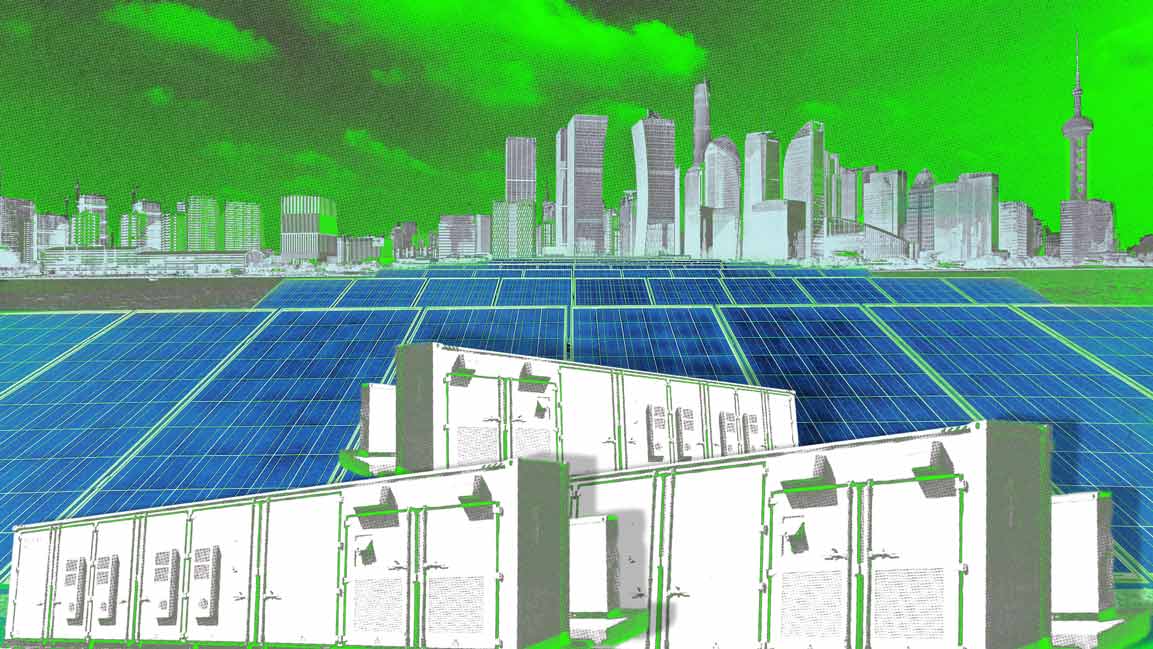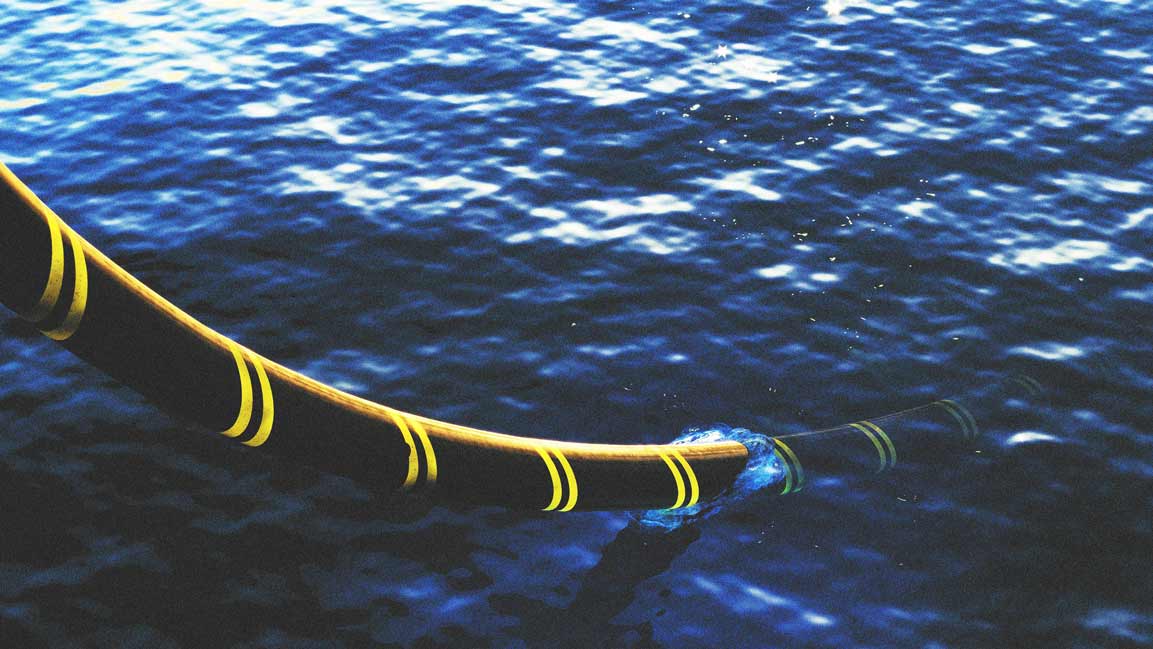- | 9:00 am
Can microgrids power a resilient energy system in the Middle East?
Experts say microgrids can integrate locally sourced renewable energy, reducing reliance on fossil fuels and enhancing energy security and resilience

The Middle East faces a persistent energy challenge. The relentless heat poses difficulties, but a more recent and enduring issue is the region’s vulnerable energy infrastructure. Frequent power outages, especially in remote areas, disrupt daily life and hinder economic growth. As the region strives for a sustainable future, the potential of a more localized and cost-effective energy system – microgrids – is gaining attention.
MICROGRID – ALL ADVANTAGES
Microgrids can significantly help countries reduce energy costs by providing a more efficient and flexible approach to energy generation and distribution, says Morgan Eldred, Founder at Digital Energy.
They can integrate locally sourced renewable energy, such as solar and wind, reducing reliance on fossil fuels and their fluctuating prices. Additionally, microgrids can enhance energy security and resilience, especially in areas with unreliable grid connections. Digital technologies like IoT and AI enhance the functionality of microgrids, enabling real-time monitoring, predictive maintenance, and optimized energy management, leading to lower operational costs and improved energy efficiency.
Another way microgrids help reduce energy costs is by minimizing grid power use during peak demand, thereby reducing reliance on expensive fossil fuels, says Dr. Meryem Hamidi, Sustainability & Smart Microgrid Researcher. “They generate power closer to consumption points, cutting transmission losses by up to 15% and improving overall efficiency. Compared to centralized grids, microgrids require less maintenance due to localized generation and storage systems, simplifying upkeep,” she adds.
For Fazil Abdul Rahiman, Group Vice President of Sustainability and Climate Change at Abu Dhabi National Energy Co. (TAQA), many countries in the region are gradually increasing fuel bills by reducing subsidies. As the region’s energy demand grows, industrial and commercial sectors will likely face higher tariffs. A microgrid helps reduce utility tariffs, providing energy independence at lower rates.
Additionally, microgrids powered by cleaner energy sources can qualify for renewable energy incentives, and even non-green microgrids can benefit from incentives for reducing peak demand on the grid.
However, Amr Ismail, Microgrid Application Engineer at Al Masaood Energy, points out that one of the major current challenges is providing energy to remote sites. Supplying energy to these areas using the national electricity network would require significant investment in transmission infrastructure. Alternatively, these remote locations often rely on diesel generators, which incur high costs and CO2 emissions. Microgrids present an ideal solution, whether utilizing PV, wind plus BESS, or PV, wind plus DGs, helping reduce diesel costs, lower CO2 emissions, and achieve a lower levelized cost of energy (LCOE).
REDUCED ENERGY COSTS VIA LOCAL GENERATION
According to Rahiman, the diverse economies across the region present challenges in uniformly ranking microgrid benefits. However, he emphasizes several key opportunities. First, microgrids have the potential to significantly reduce high energy tariffs, particularly benefiting industrial and commercial sectors. Second, they can lower transmission and distribution infrastructure costs, crucial in newly developing free zones in Saudi Arabia that are distant from utility grids. Third, microgrids offer a reliable solution to decrease dependency on grid energy in areas prone to stability issues.
Additionally, microgrids provide flexibility to integrate renewable energy sources, thereby reducing overall energy expenditures. Rahiman notes that while maintenance costs are not a primary cost-saving driver for him, microgrids generally reduce the LCOE. This reduction includes cutting diesel fuel consumption, operating costs, spare parts, and transmission lines and minimizing the number of required generators in remote locations. Battery systems, with high overload capacity (now reaching up to 150%), also contribute to reducing the size of required generating equipment onsite for transient and high starting current loads.
REDUCING DEPENDENCY ON FOSSIL FUELS AND FLUCTUATING PRICES
Despite the increasing share of cleaner energy sources, grids in the Middle East remain predominantly powered by fossil fuels, primarily gas. This reliance contributes to higher grid emission factors, resulting in elevated scope 2 (indirect energy) emissions for consumers importing electricity from the grid, adds Rahiman.
For industrial players, large commercial companies (some driven by global head office targets), and other customers with limited grid access, microgrids offer the most cost-effective means to achieve decarbonization goals, especially if utility tariffs are unsubsidized. With energy costs projected to rise, microgrids provide energy independence and stability.
Eldred highlights that microgrids incorporating renewable energy sources like solar PV can significantly reduce reliance on fossil fuels. Digital technologies like IoT and AI optimize renewable energy generation, storage, and consumption, enhancing energy management efficiency and reducing dependence on volatile fossil fuel prices.
Ismail adds that, on average, each kWh generated from renewable sources can reduce diesel fuel consumption by 0.3 to 0.25 liters, depending on the efficiency of existing or equivalent diesel generators. This illustrates the efficiency gains and cost savings achievable through renewable energy integration in microgrid systems.
MICROGRIDS OF THE FUTURE
In the Middle East, where energy security and availability are concerns in some economies, and rapid growth requires flexible supply with reduced permitting times for utility projects, microgrids are emerging as an ideal solution, according to Rahiman.
Microgrids are particularly favored in areas with challenging grid access and help utilities manage peak demand, which can be nearly four times higher in summer than in winter. Microgrids provide a viable pathway to meet decarbonization targets for governments of large regions unable to afford utility-scale renewable energy projects. In advanced emerging cities, well-designed microgrids offer advanced energy solutions such as home automation, EV charging, demand-side response, and intelligent systems.
Eldred emphasizes that by integrating renewable energy sources, microgrids can support the Middle East’s transition to a diversified and resilient energy system. Additionally, microgrids can evolve into micro-utilities that provide energy, data processing, and water services – essential components for cities.
This concept is particularly relevant for the Middle East, where integrated solutions for managing energy, water, and data are crucial to supporting ambitious plans for smart cities and sustainable development.
While Hamidi believes microgrids will diversify energy sources, enhance grid resilience, and provide reliable power to remote areas, Ismail sees them as a cornerstone for achieving more efficient energy generation and reducing emissions.







































